Complete guide to repotting outdoor plants
A change is as good as a holiday and it’s easy to make your outdoor plants feel refreshed.

Knowing how to repot outdoor plants may seem daunting, but it’s easier than you think.
As a rule of thumb, most outdoor pot plants need to be repotted every year or two but your plants aren’t usually shy to let you know when they need some extra love.
Some of the nursery pots plants come in when you buy them are quite small so it can be a good idea to upgrade to at least a size or two up when you bring your plant home to make sure it has room to grow if it isn’t going straight in a garden bed.
You’ll know your plants are ready to upgrade their home when:
- The soil isn’t looking great or dries out quickly
- Your plants aren’t growing anymore
- You can see roots coming through the soil or out the drainage holes
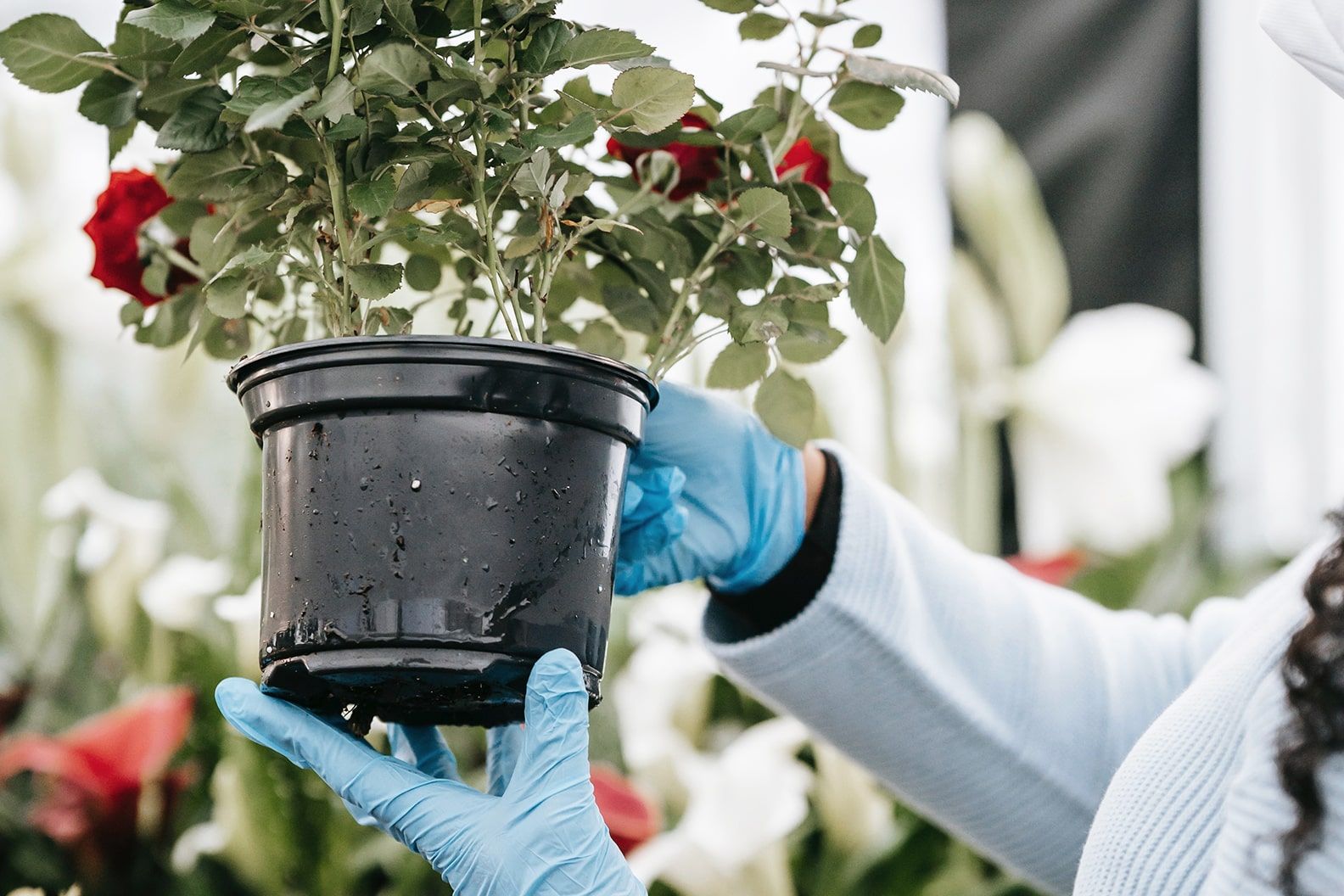
Planting into soil or garden beds
If you have the space, this is a good time to decide if you want to keep your plant in a pot or put it directly into the ground. If you are moving your plant to a garden bed instead of a bigger pot, it’s a good idea to place the pot plant in its intended location for a few days first. If it wilts, the leaves change colour or it shows any other signs of ill health, you know that’s not the best spot for it.
Here are some tips for transferring your pot plant to the ground:
- Make sure you think about the best spot to meet your plant’s needs and projected size
- Prepare the soil first, this is a great time to compost. Dig a hole that is at least as deep as the pot the plant has lived in and twice as wide.
- Soak the plant well before you remove it from it’s pot and leave the roots as they are unless they’re in a really tight ball (we’ve got tips below on how to manage it if they are bound!)
- Put your plant in the hole and fill about halfway with soil. Add a good soak of water to get out any air bubbles in the dirt before filling it up with the rest of the soil. You want the plant to feel secure but not stuck
- Put mulch around the plant and increase watering for the first four weeks or until you see new growth on the plant
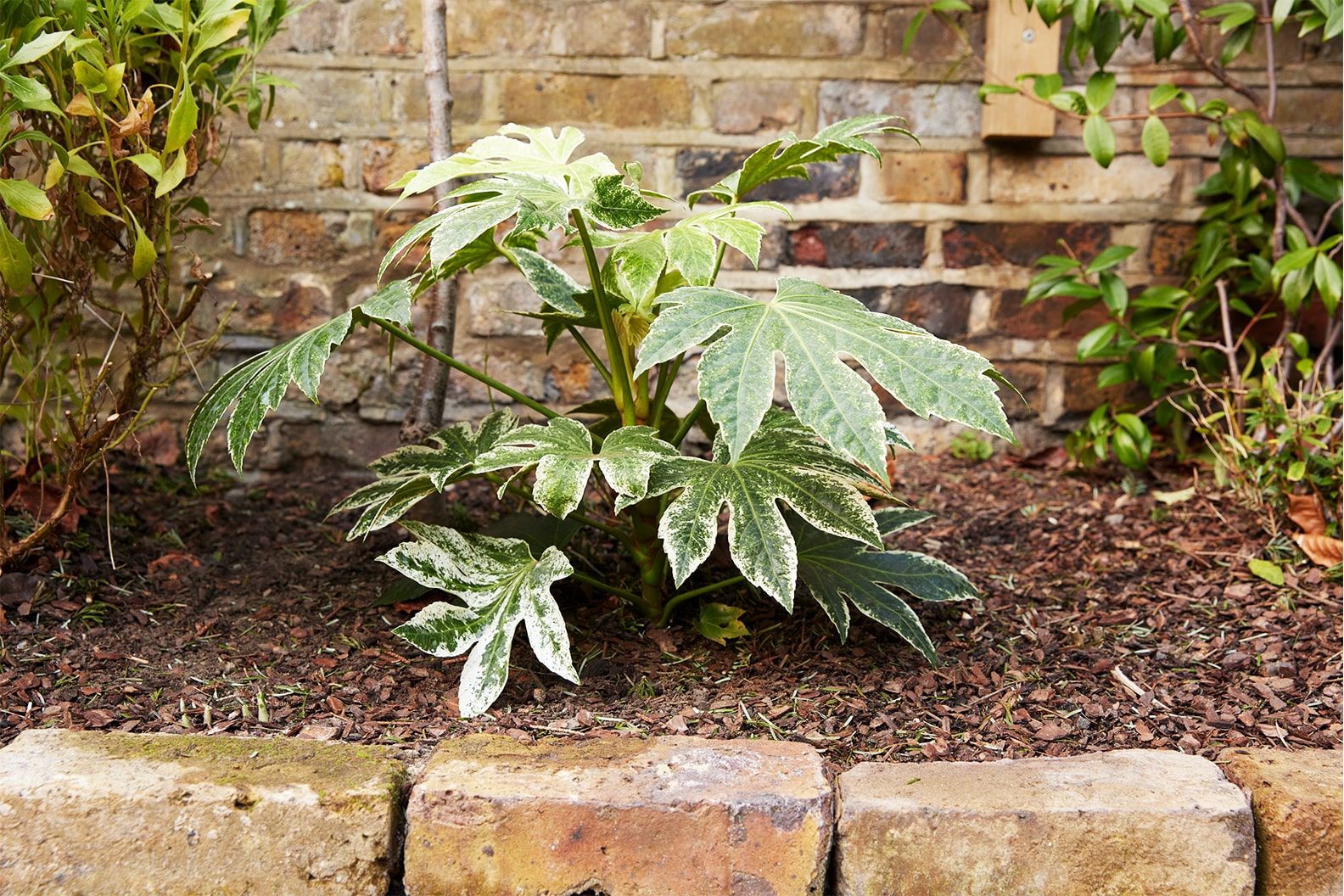
When to repot outdoor plants
If possible you should try to repot your outdoor plants during spring or summer, when the plant does most of its growing. If your plant is sending you distress signals in cooler months, it's ok to help it out and give it a new pot to live in.
How to repot outdoor plants
- Give the nursery pot a squeeze before you pull the plant out - this helps the plant slide out easier and reduces the risk of damage.
- Do a health check. Even if they’re in a tight ball, the roots should be light coloured. If they’re black or smell funky, it’s probably got root rot. Our plant doctors can give you first aid tips if you’re worried about your plant’s health.
- Dust off as much dirt as you can and give the roots a haircut. If they’re tightly bound, you may need to cut the bottom third off all together with a sharp knife or pruning shears.
- Tease the remaining roots to loosen them. Snip through any dense or tangled roots. You want to cut up the root ball, not across it and only about a third of the way up.
- Most of the time you can just go one size up for your pot. It doesn’t have to be complicated. Plant directly into your container, or place a nursery pot in a decorative pot for more flexibility. Just make sure all your pots have drainage holes, and you give the plant a good soak once you’re done.
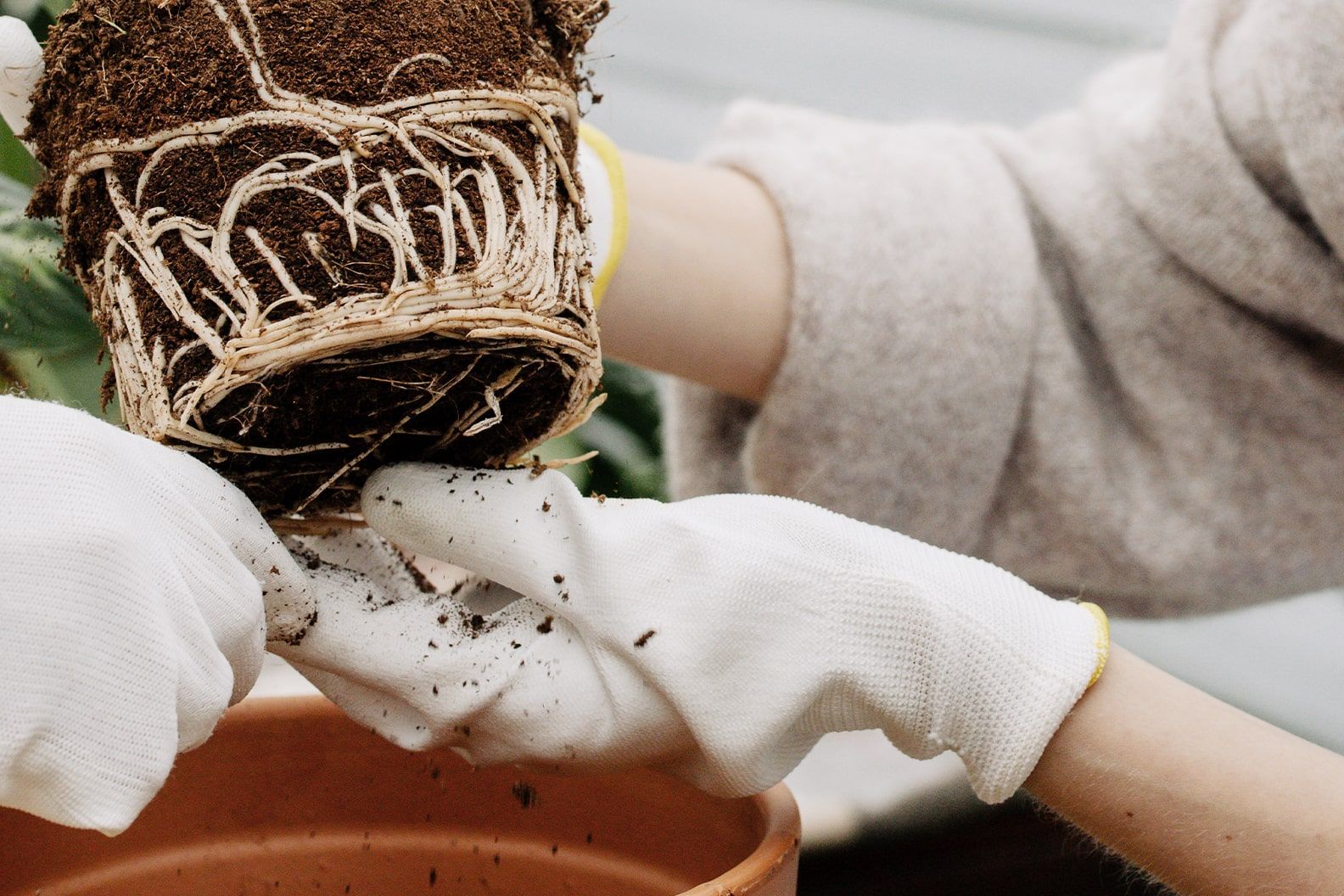
What are the best plants for outdoor pot plants?
It depends on the vibe of your patio or garden so hit up Pinterest and Instagram for some inspiration. You can then look for plants that suit your vision and your growing conditions.
You can’t go wrong with citrus trees, they not only look great but you can enjoy their fresh fruit. Plants like Ivy the English ivy give some drama to your space and can trail from their pot or be trained to climb.
There’s even some types of ferns, palms and bamboo that are happy living in the UK if you prefer a more tropical look. Vinnie the cyclamen and other floral varieties give a great pop of colour.

Do I have to repot new plants?
Many plants will be fine living in the pot you bought them in but watch out for those same telltale signs to know if it’s time to repot. When it comes to knowing how to pot outdoor plants you just need to make sure the pot you’re putting it in isn’t too big for the plant, you use a good quality multi purpose soil and you put the plant in a spot that matches it’s favourite growing conditions.
How big should my pot be for outdoor plants?
When repotting outdoor plants, you’re only looking to size up by 1.5-2 x the size of the pot the plant is already in. You can turn a big pot into a garden bed by planting multiple smaller plants together though - just make sure they all like the same soil, water and sun conditions and you have drainage holes in the pot. You can get creative here - a collection of different size pots grouped together can look great too.

Most plants come with information that lets you know how much room they need to grow and the best size pot to put them in.
Rewild your inbox
Plant tips. Special offers. No spam.
In this article
You might like
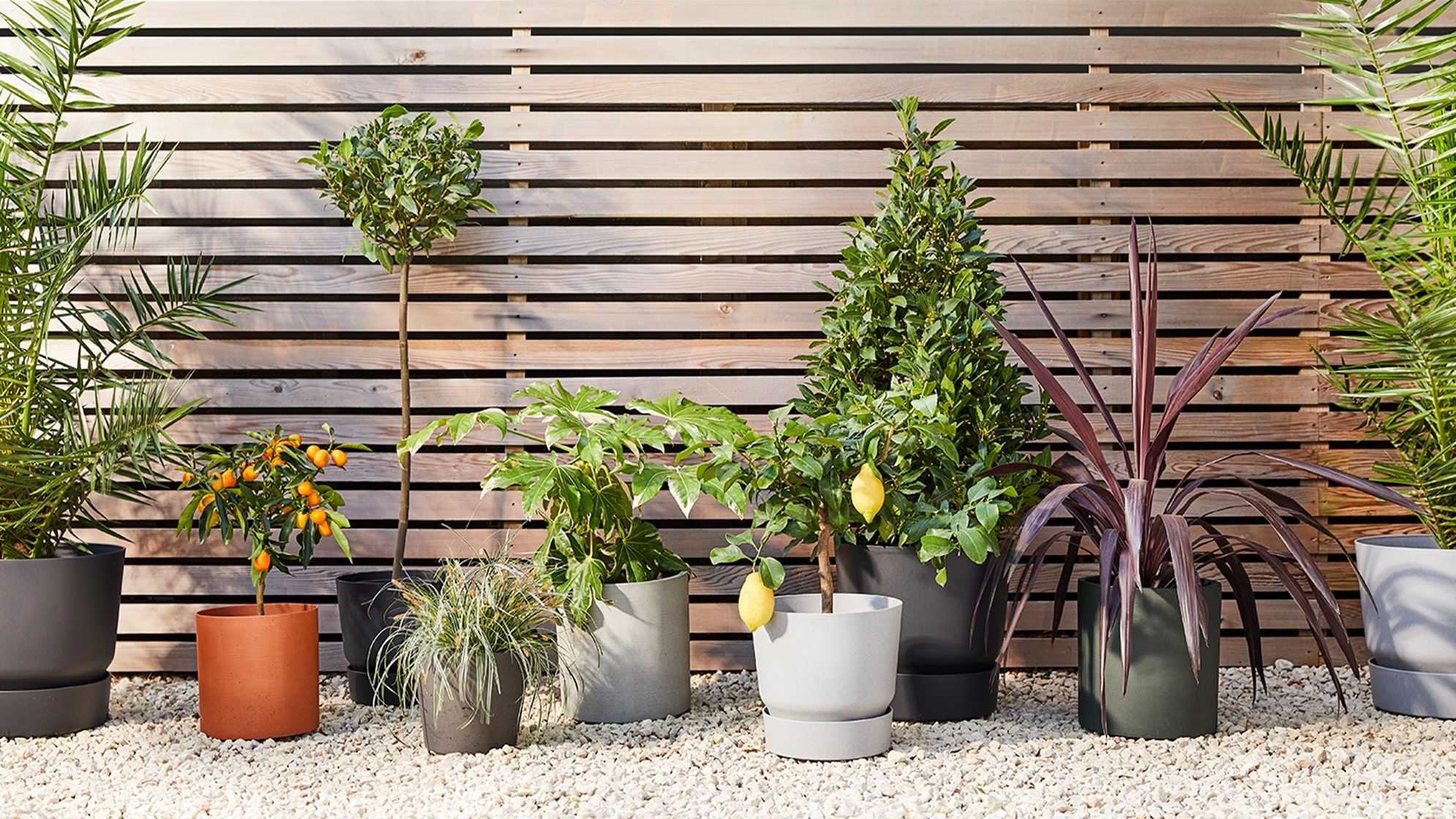
How to keep your outdoor plants upright
Blowing a gale doesn’t have to mean blowing your plant’s progress
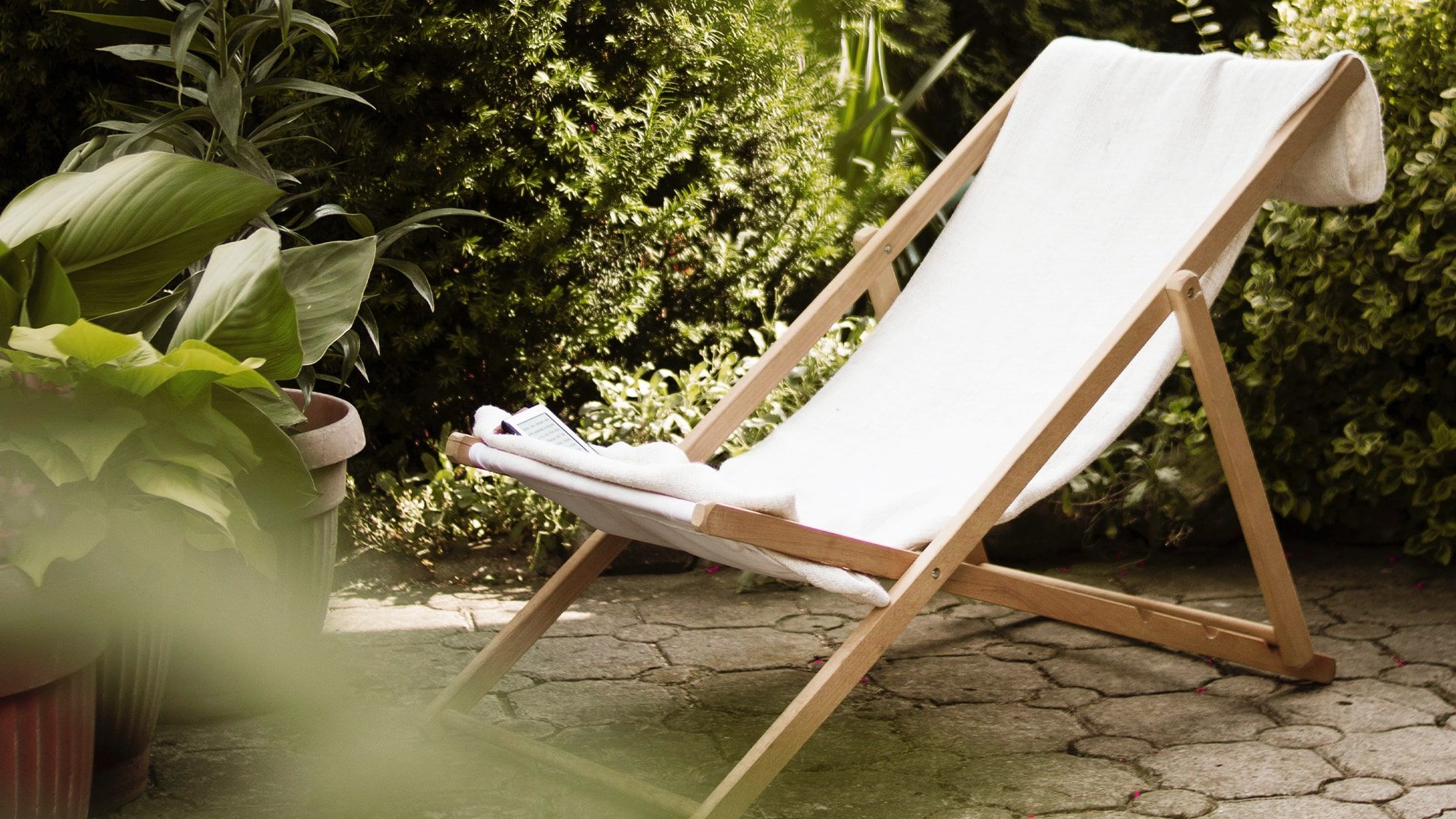
How to decorate your outdoor space
Create an enviable plant paradise by decorating your own outdoor space
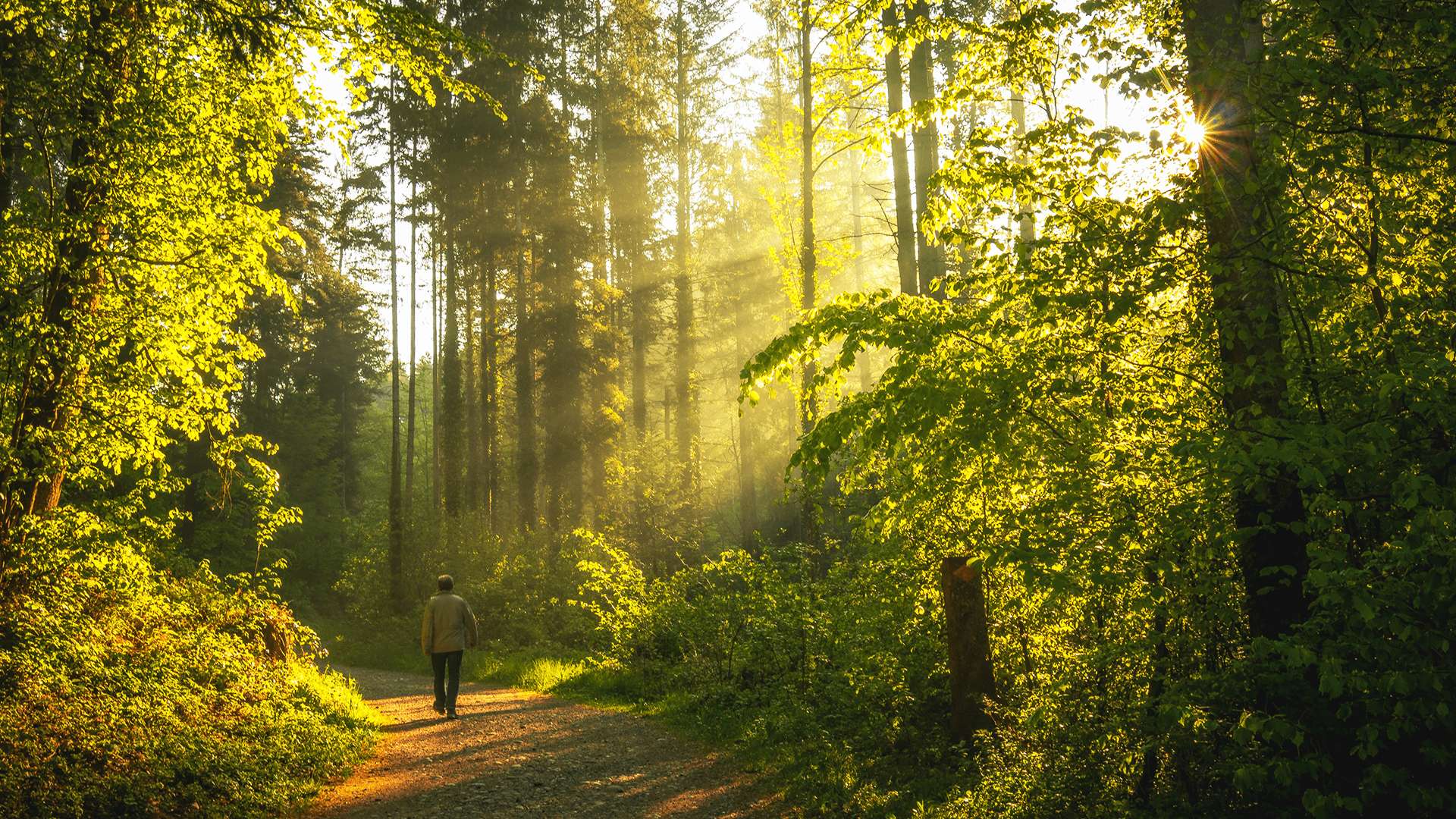
10 best nature walks in the UK
Escape the hassle of modern life with these 10 incredible UK nature walks






























